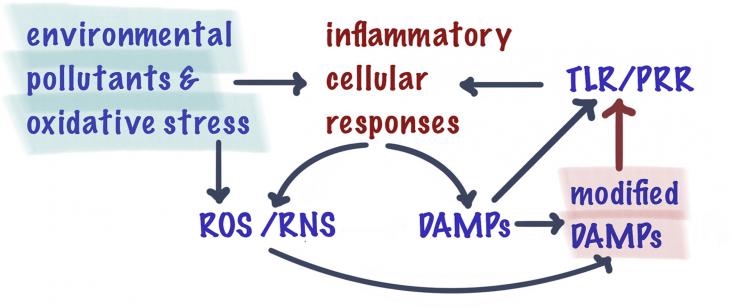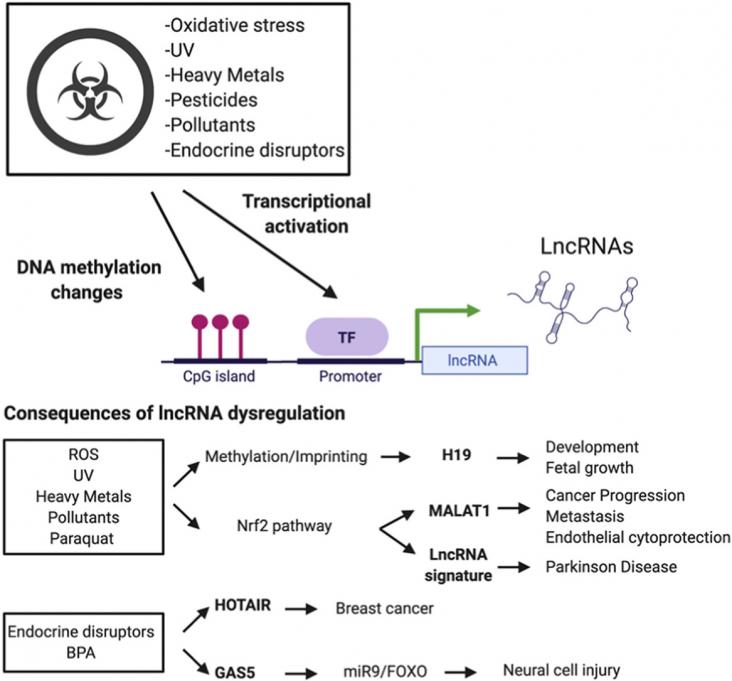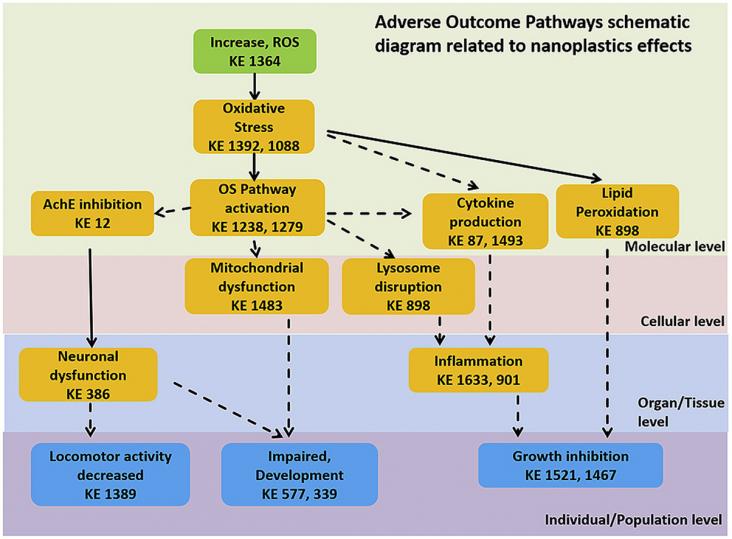Background: There are growing numbers of adults aging with long-term mobility disabilities.

Due to advances in the early detection of Alzheimer's disease (AD) biomarkers including beta-amyloid (Aβ), neuropsychological measures that are sensitive to concurrent, subtle changes in cognition are
Background: Approximately 2·8 billion people are exposed to household air pollution from cooking with polluting fuels.
Background: Achieving universal health coverage (UHC) involves all people receiving the health services they need, of high quality, without experiencing financial hardship.

Environmental pollutants like fine particulate matter can cause adverse health effects through oxidative stress and inflammation.

Environmental risk factors, including physicochemical agents, noise and mental stress, have a considerable impact on human health.

Microplastics (MPs) and nanoplastics (NPs) have attracted considerable attention in the recent years as potential threats to the ecosystem and public health.
This chapter advances goals 3 and 5 by examining current gaps and future policies needed to address food security.
This chapter aligns with the SDG goal 3 of good health and wellbeing by focusing on the hidden risk of HCV-associated health-care infection and its history, current, and future scenarios.
